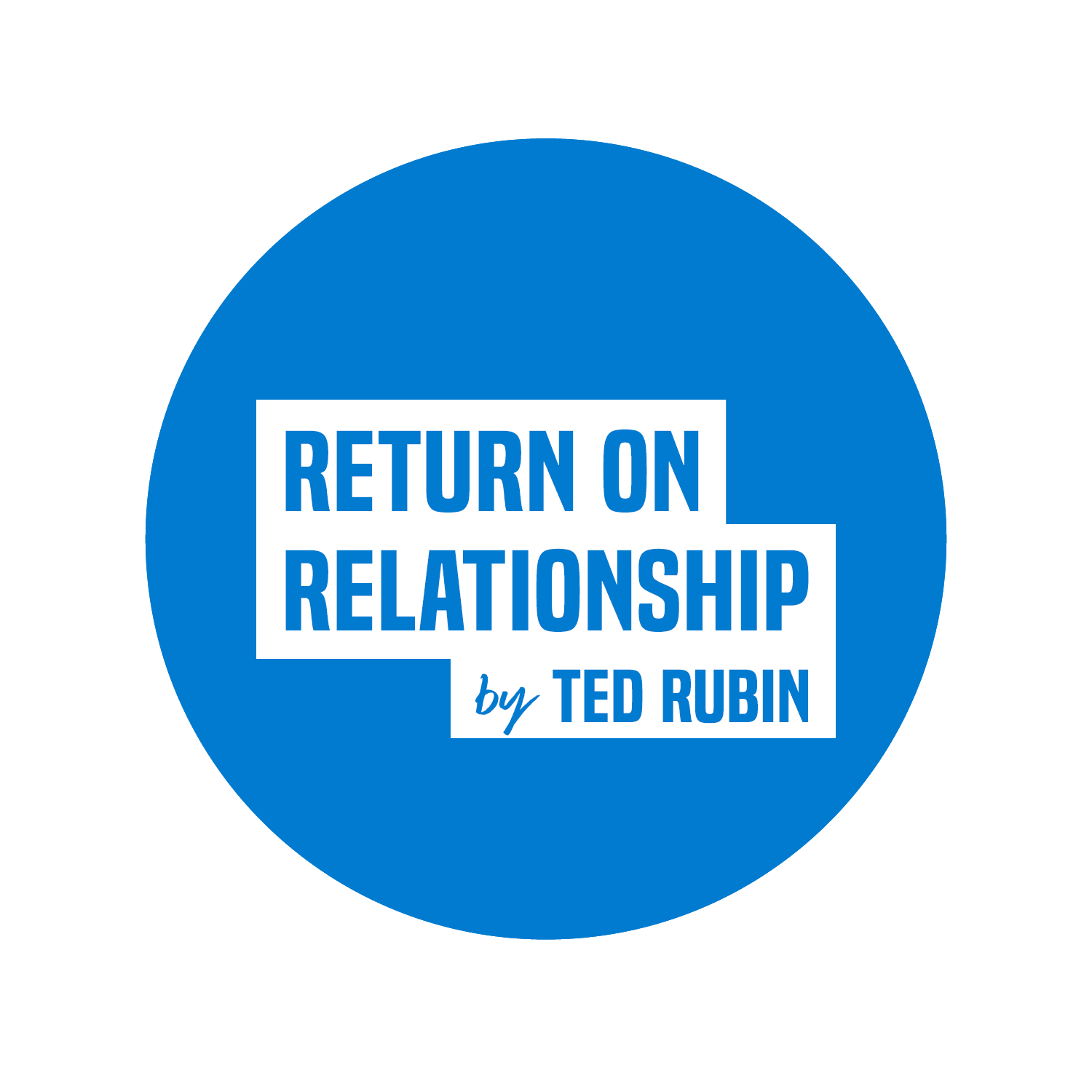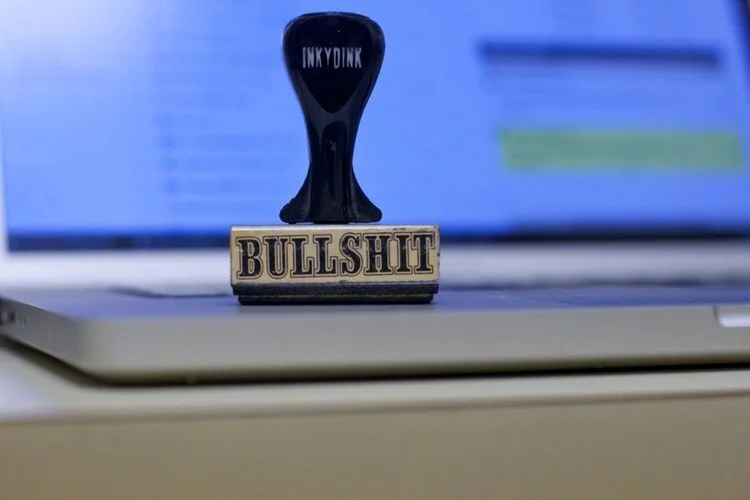Fake News has Nothing on Fake Ads ~via @katadhin
While debate rages around the validity of various news stories, there is little doubt about the complete ridiculousness of digital advertising. Consider stats from a recent study by advertising giant WPP; only 14% of consumers are aware of digital brand advertising and a paltry 10% say they are influenced by it. Perhaps one of the driving factors is a full third of digital advertising is fraud! That's $16+ billion dollars that you may as well put in a big pile and set fire to, it would at least likely get some real traffic on You Tube. The simple fact is people hate push advertising on digital channels and yet brands keep on shoveling it at folks with increasing velocity. What's really shocking is that ad fraud is factored into the exceedingly poor performance results of digital advertising. Quite simply, digital advertising as we know today it is bullshit, and stinky bullshit at that. (And don't blame the platforms like Google and Facebook, agencies and marketers have been buying this crap for years).
Meanwhile, digital has become the primary channel for brands and retailers because that's where the people are. (Same reasoning Willie Sutton used when asked why he robbed banks). How is this possible? A majority of folks don't believe that digital advertising works, 1/3 of it is fake and a ton of what's actually seen resides next to questionable content. Doesn't sound like the best model for success. Furthermore, most people hate the barrage of interruption, 'smart' targeting (aka digital stalking) and general chicanery that digital advertising foists upon them daily. Can't we just watch our cat videos in peace for the love of Garfield? I cannot begin to fathom the justification of this current state of marketing and how unaccountable it is to real results. A collective shrug of responsibility is one thing but brand irrelevancy and completely alienating consumers in a rush to digitally spam them is another. Maybe the 'Retail Wreckage' has more to do with the continued reliance on highly inefficient traditional media coupled with the usage of low quality digital vs. a shift to Ecommerce.
In a recent discussing with a marketer of a major brand that I highly respect quoted the famous John Wanamaker missive “Half the money I spend on advertising is wasted; the trouble is I don't know which half.” The digital version seems like 99%+ is wasted and since it's completely measurable, YOU KNOW WHICH 99% it is!! So what is going on? This feels much like a bad movie where we all know the plot, ending etc. but we all keep right along watching instead of changing the channel. I've been asking marketers about this lately and get a collective shrug from most. Ted Rubin suggested that many view ad fraud as a cost of doing digital business and its just how it is. He doesn't believe that and neither do I. This is a tax on marketing as we know it and the response is even more intrusive and more frequent digital media creating a marketing death spiral.
People hate, hate, hate, hate, hate retargeting and items they've viewed following them around the web like a sleazy stalker.
My take is that in the rush to drag forward old business models, there's a great mea culpa of agencies and brands that just want to keep doing things the way we've always done them. Push endless messaging at consumers hoping a few will pay attention and actually act. This model is DEAD!! Consumers don't want your push messaging, especially on increasingly personalized media streams. Anyone with a pulse can find information when, where and how they want it. Create content for them and get the heck out of the way. I'm sure some will take issue with this but just look for proof no further than Honda pulling its $600MM account from Mediavest because of alleged 'trust issues'. This is the same issue that P&G brand chief Marc Pritchard described as a "crappy media supply chain." And yet, life goes on as usual with more and more brand dollars being dumped into the pit and set on fire. Again, if it was just waste and fraud it would be one thing, alienation of consumers is quite another.
My personal opinion is there is simple lack of quality inventory and that a constant need for content on relevant channels is hard and expensive to deliver using traditional methods. There is just too little in the way of real content solutions to help advertisers reach people at scale in a relevant way on digital channels. This fact is exacerbated as the business of retail transforms from a product gathering format to a need fulfillment mode. Ecommerce is is simply not the same business as physical retail and why so many current ecommerce businesses have massive holes in profitability. It's going to get much worse. Physical store foot traffic will decline precipitously as 'personal logistics' supplants shopping driven first by humans (Uber, Instacart, Shipt, etc.) and then by robots frees us from the drudgery of routine shopping. Just like retail, media must change. The idea of messaging the right person at the right place at the right time is old, tired and wrong.
Shoppers need you help, not you message.
The future of media, especially media is content that helps not hinders or interrupts shoppers along their path to purchase. Brands and retailers need to identify the prevailing paths of the shopper's journey and evaluate the level of relevancy they have at the key nodes. So much of digital media is focused on noise on digital media which has little to no effect on consumer behavior. Where do journey's begin, what are the purchase decision factors along the way, how are shoppers moving from consideration to active mode? Marketers's need to answer these questions and evaluate the presence of their brands at key points of the path. Not only is a cute #TBT Tweet probably not part of the equation, neither is a fraudulent digital ad clicked by a robot or not seen by anyone.
At Prevailing Path, we're seeking to do something about it by building a media network that reflects they way media is actually consumed. By mapping, scoring and optimizing the digital path to purchase, we can determine what channels and content are important to shoppers and help brands create awesome media to help them along the way. We are creating a measurable solution for the lack of efficiency and transparency that characterizes a large swath of digital media. We'd love to help your brand begin to connect with shoppers in ways that matter.





